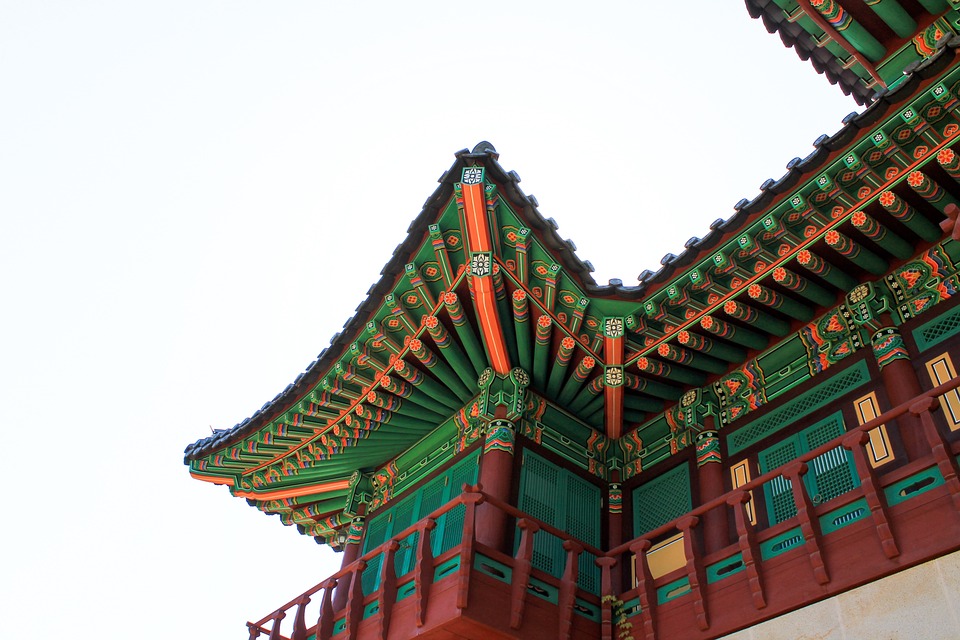No building is made without first complying with building codes and standards and compliance with building regulations may vary between countries.
However, the question is: How effective are the building regulations for each country? Let’s find out!
South Korea
 South Korea is a land that’s very much absorbed in history. Technology and innovation may have been the prime factors that have fuelled the country’s remarkable economic growth and development, but the country still believes that its opulence comes from its traditional culture, art, craft that stem from its exquisite history. However, despite the nation’s earnest desire to identify closely with its history, many historical buildings have been lost and the reason can be traced back to the Korean War, which created a huge chaos in the Korean peninsula between 1950 and 1953. The war may have ended with the armistice of 27 July 1953, but has destroyed many historical buildings in its way.
South Korea is a land that’s very much absorbed in history. Technology and innovation may have been the prime factors that have fuelled the country’s remarkable economic growth and development, but the country still believes that its opulence comes from its traditional culture, art, craft that stem from its exquisite history. However, despite the nation’s earnest desire to identify closely with its history, many historical buildings have been lost and the reason can be traced back to the Korean War, which created a huge chaos in the Korean peninsula between 1950 and 1953. The war may have ended with the armistice of 27 July 1953, but has destroyed many historical buildings in its way.
However, you can still find some historical buildings that are older than 30 years, scattered throughout the country, and some of them are actually modern remakes. And, it’s sometimes hard to believe that the same style of green and dark-red fortresses, temples and buildings are “historical remakes.”
And, to preserve these “remakes”, the South Korean government started implementing building energy codes and the first mandatory standard on insulation thickness was issued in 1977. It 1979, the Rational Energy Utilization Act (REUA) was issued and in 1980, the Korean Energy Management Corporation (KEMCO) was set up to handle construction projects and ensure the construction industry’s conformity to building energy codes. All the building standards that were implemented covered hotels, hospitals, offices and residential buildings. A revision was made in 2001 when the South Korean government incorporated additional energy standards into the Building Design Criteria for Energy Saving Code, which became compulsory for all types of buildings. Another revision was made in 2008, which combined old building code standards with some of the building regulations of other countries. For example, several US-developed international standards were referenced in the South Korean building regulations.
And, today, the responsibility for building safety falls in the hands of both the Ministry of Land, Infrastructure and Transport (MOLIT) and the Korean Construction Standard Center (KCSC). And, as per recent statistics, a recent cut of 6 % in CO2 emissions in the construction industry of South Korea was reported.
Germany
 When it comes to buildings and houses in Germany, there is this common stereotype that people often think of. Well, Fachwerk houses and buildings are very beautiful. There are some of them that have been built in the traditional way and have been standing for hundreds of years. However, today most buildings and homes in Germany are made with more durable materials like concrete. When you walk down any street in Frankfurt, for example, nearly all the buildings you’ll see are from new and solid construction.
When it comes to buildings and houses in Germany, there is this common stereotype that people often think of. Well, Fachwerk houses and buildings are very beautiful. There are some of them that have been built in the traditional way and have been standing for hundreds of years. However, today most buildings and homes in Germany are made with more durable materials like concrete. When you walk down any street in Frankfurt, for example, nearly all the buildings you’ll see are from new and solid construction.
I’ve heard a few people saying how the quality of construction work in Germany is mediocre or rarely fairly good. However, as one of the top countries spending huge money in research, development and innovation, Germany’s infrastructure has greatly improved since the World War 2.
Germany’s building regulations are often praised because of the following reasons:
- They always consider the human impact on climate change. Natural events like floods have become very common across the globe and so they have decided to take significant steps to protect their buildings.
- They always make sure that all buildings are well-kept and regularly inspected.
- They always ensure that they have properly funded and trained responders.
Generally, the basic requirements and standards for construction projects or any other structural works are established by the federal states. And, as per the 2016 European Innovation Scoreboard, Germany is ranked as a compliance and innovation leader in the global construction sector.



















